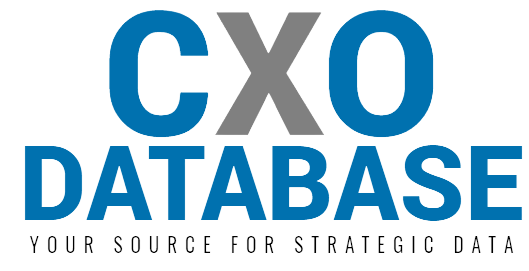Scaling Horizontally: Exploring Amazon DynamoDB’s Distributed Database
Absolutely, “Scaling Horizontally: Exploring Amazon DynamoDB’s Distributed Database” is a compelling blog title. Here’s an outline you could use to structure your blog post:
Introduction
- Introduce the concept of horizontal scaling and its importance in modern database architectures.
- Highlight the significance of Amazon DynamoDB as a distributed NoSQL database.
- State the purpose of the blog post: to explore the principles and benefits of horizontal scaling with DynamoDB.
1. Understanding Horizontal Scaling
- Define horizontal scaling (scaling out) in contrast to vertical scaling (scaling up).
- Explain why horizontal scaling is critical for handling increased workloads and achieving high availability.
2. Introduction to Amazon DynamoDB
- Provide an overview of Amazon DynamoDB as a managed NoSQL database service.
- Mention key features like automatic scaling, seamless replication, and low-latency performance.
3. Principles of Horizontal Scaling in DynamoDB
- Detail how DynamoDB achieves horizontal scalability through its architecture.
- Explain the concept of partitions and how data is distributed across them.
- Introduce the idea of shards and how they enable efficient storage and access.
4. Automatic Partition Management
- Discuss how DynamoDB automatically manages partitions to handle varying workloads.
- Explain how the system redistributes data as the dataset grows or shrinks.
- Highlight the benefits of not needing manual intervention for scaling.
5. Provisioned Throughput and Auto Scaling
- Explain the concept of provisioned throughput and how it impacts performance.
- Introduce DynamoDB’s auto scaling feature that dynamically adjusts capacity based on demand.
- Provide guidelines for configuring and optimizing provisioned throughput settings.
6. Global Tables for High Availability
- Discuss DynamoDB’s global tables feature for achieving cross-region redundancy.
- Explain how global tables ensure data availability and disaster recovery.
- Address the challenges and considerations when implementing global tables.
7. Data Distribution Strategies
- Explain strategies for designing data distribution patterns based on access patterns.
- Discuss options like composite keys, partition keys, and sort keys.
- Provide examples of how these strategies impact query performance.
8. Query Efficiency and Indexing
- Explain how DynamoDB indexes (local and global secondary indexes) improve query efficiency.
- Discuss best practices for choosing and using indexes effectively.
9. Case Studies
- Share real-world examples of organizations successfully leveraging DynamoDB’s horizontal scaling.
- Highlight how these cases demonstrate improved performance and scalability.
10. Conclusion
- Summarize the key takeaways from the blog post.
- Emphasize the importance of horizontal scaling in modern applications.
- Encourage readers to explore DynamoDB for their own projects, considering its distributed architecture.
Additional Resources and References
- Provide links to Amazon DynamoDB documentation, scalability guides, and case studies for further learning.
Following this outline will help you create an informative and comprehensive blog post that explores the concepts, benefits, and best practices of horizontally scaling with Amazon DynamoDB.


